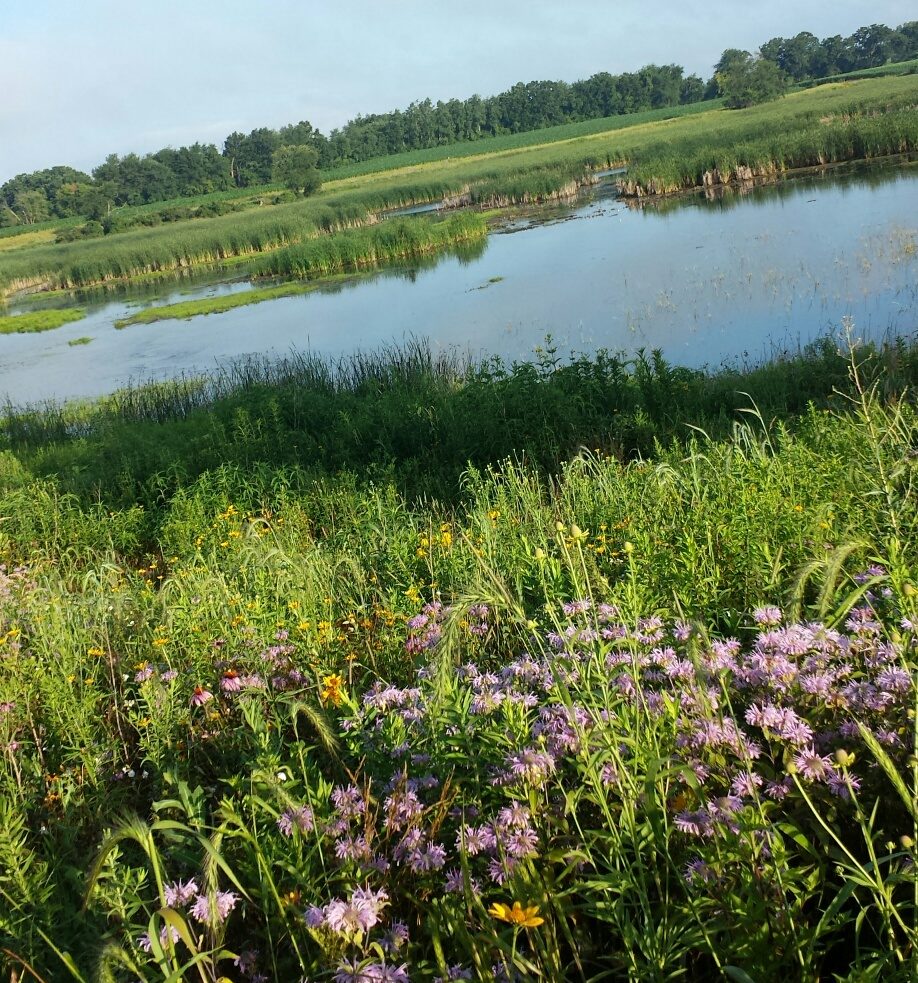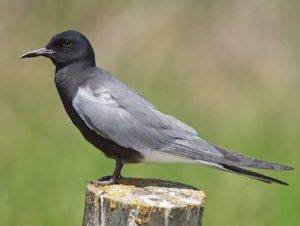Project: Multiple
County: Multiple
By Peter Ziegler, WWA Project Director
If you have not heard it yet, let me tell you, things are pretty mixed across the country and Canada for wetland conditions, which relates directly to the number of ducks we’ll see this fall. Unlike the prairie pothole region of North Dakota, where things are very dry, here in WI we have excellent wetland conditions. Statewide, the rain just seems to keep coming, which has offered great breeding and brood rearing conditions for waterfowl. Soils have remained saturated and ponding has persisted through July in many areas, which normally would have dried out by now. The availability of water could really spread birds around come hunting season if these rains continue; this is great for the ducks, offering them high value food in numerous areas. These same conditions have slowed some restoration work and have me a bit concerned for the winter projects we have scheduled. With a wet fall in 2016 and no real frost to speak of last winter, we have a backlog right now of projects needing frozen conditions for work to continue and if it stays this wet, we will need a good frost this winter to gain access in order to be able to complete some of these projects. I already have two projects slated for this year being delayed due to conditions on the ground, one in Outagamie County and one is Green Lake County. It might be a slower than normal August for me in terms of project construction. I’m thinking we might get one in Dodge and Columbia County finished this coming month.
I recently visited a project site I completed in Dodge County 5 years ago, pictured above. This site originally had no open water and little wildlife benefit; it was a typical degraded wetland in the middle of farmland, and it was great to see it now flourishing with life. I was not surprised to see families of geese and mallards and the blue wing teal did not disappoint as they darted around upon my arrival. Pelicans also were present utilizing the site; not something I see often. The most notable birds I saw, which may not catch many’s
interest, but whose value is recognized to those who know birds and the necessity of wetlands, were a couple of Black Terns feeding as they swooped down and grabbed insects right at the water’s surface. Black Terns are an endangered species within the state of WI and considered a species of greatest conservation need. It is rewarding when you see the work you have done on the landscape positively impacting wildlife; not just the common species that are abundant in so many wetlands across the state, but the uncommon species which are the ones we really are targeting with needed habitat. Without these types of restorations increasing the quality and quantity of wetlands across WI, we will continue to see the decline of many wetland loving wildlife. Many of you perhaps don’t know what a Black Tern looks like, nor their endangered species status, but irregardless, the fact that the habitat work we are completing through your support of WWA is making such a great contribution to wildlife across the board is something we all should be proud of.

